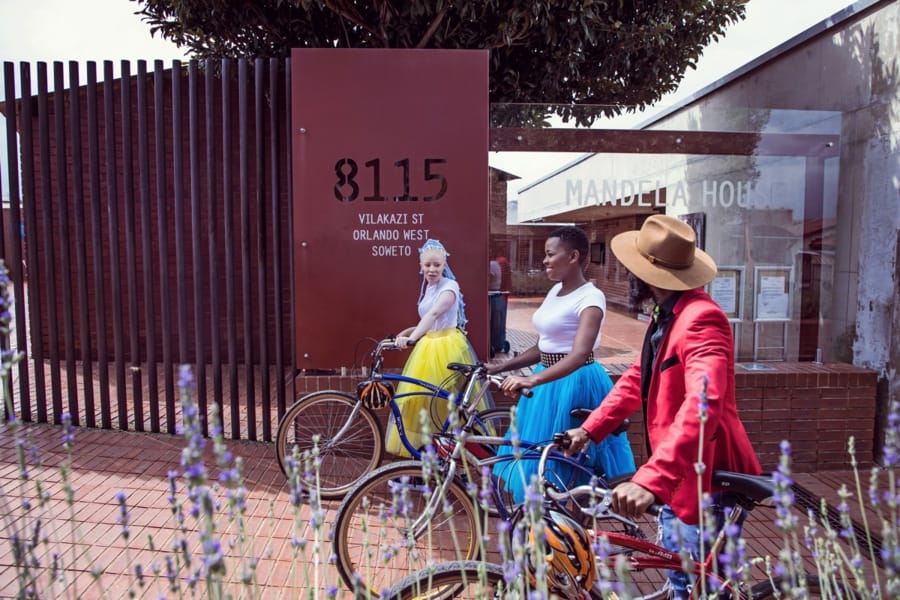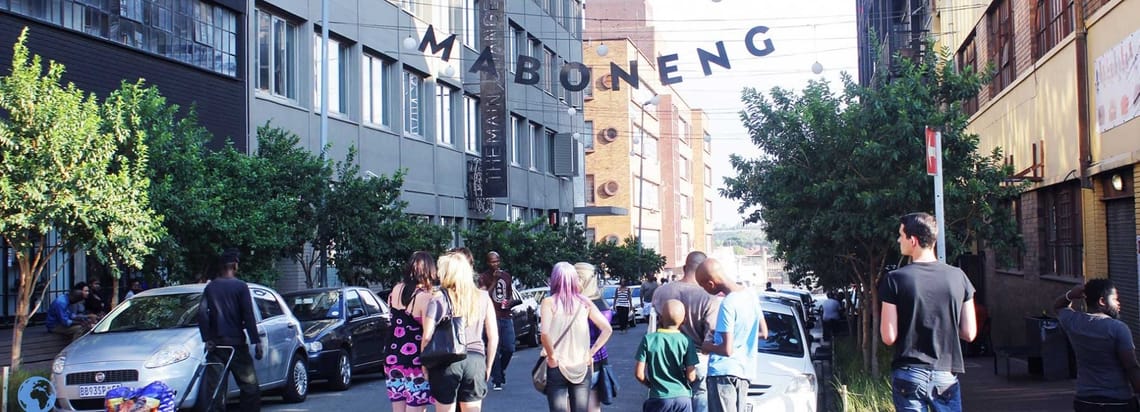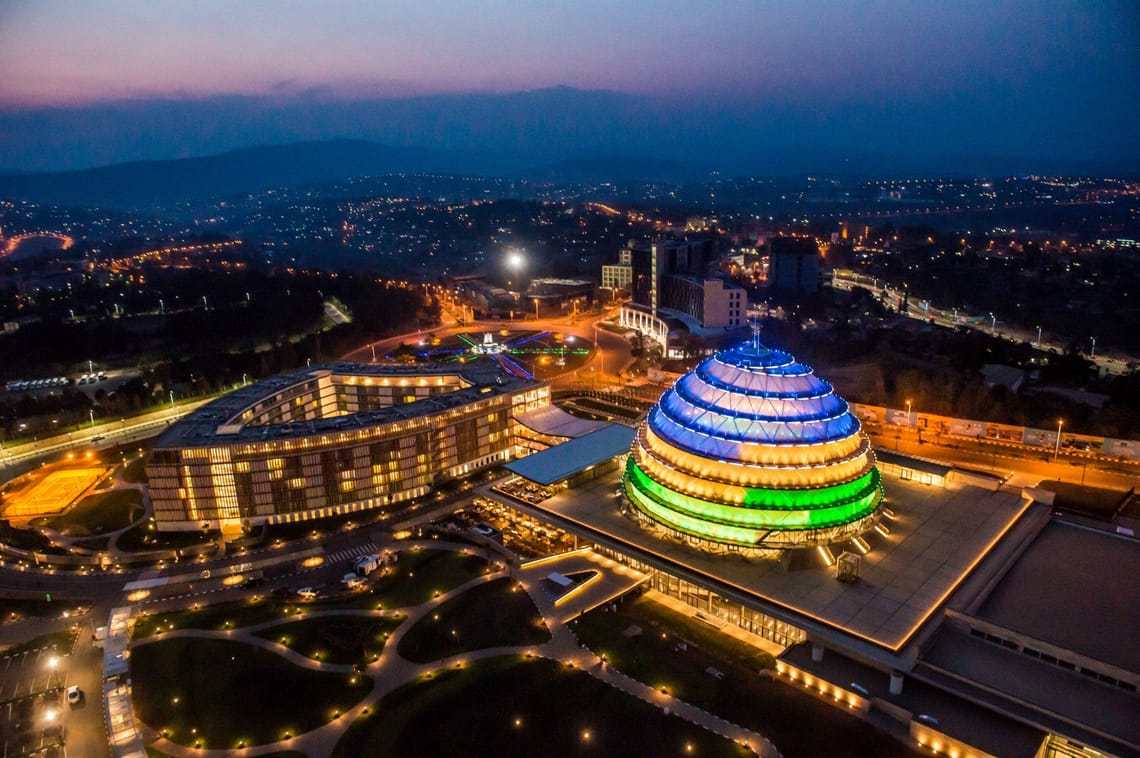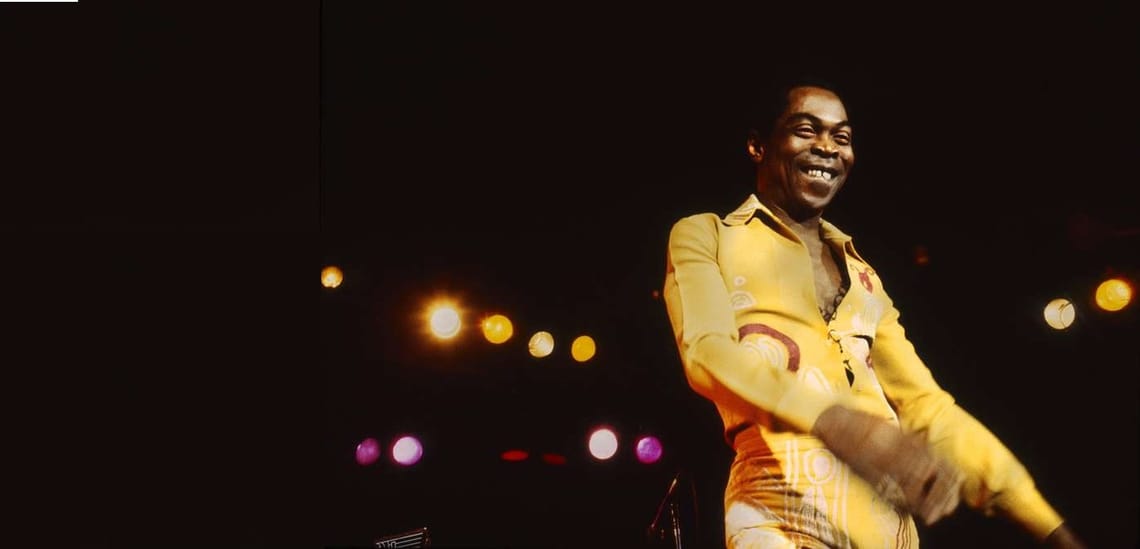Vilakazi Street is named after Dr. Benedict Wallet Vilakazi (Bambatha kaMshini) , a novelist, linguist, a descendant of the Zulu royal family, and a radically innovative poet. Vilakazi was also a professor at the University of Witwatersrand, where he became the first Black South African to teach University classes to White South Africans and later became the first Black South African to receive a PhD.

Today, Vilakazi Street is famous as the only street in the world where once two Nobel Peace Prize laureates lived. The Nelson Mandela's house is now a museum, while Archbishop Desmond Tutu still maintains his residence and as said, the street was named in honour of Vilakazi, who was also a former resident.
A curios visitor may ask, what does Vilakazi means, and to break it down its meaning in this context it could mean a “big lazy person”, or it could mean a “female lazy person”. The word "livila" or "ivila" means lazy person in isiZulu and the other part of the name which is “kazi” has two meanings in isiZulu. The word “kazi” means either female or means something big. Like word "Nkosi" is a king and Nkosi"kazi" is a queen; Imbuzi it’s a goat and Imbuzi"kazi" it’s a female goat in isiZulu. Like word amanga is lies and amangakazi is big lies, indlebe is an ear, indlebekazi is big ears.
So why drilling down, or going deep in answering the question one may ask?
As “moeng” (meaning a visitor in Sotho language) such information normally form part of welcoming conversation or answering questions to visitors when visiting a typical home in a township. A visitor will be told about the history of family, izithakazelo and what makes that family to be who they are as a family. As per Sotho idiom … “Moeng etla ka gešo re je ka wena” (Delicacies get to be enjoyed with the arrival of visitors), a visitor is normally served with a township cuisine, indulging in iconic dishes such as uMleqwa (hardbody chicken - chickens roam freely), a traditional chicken dish prepared with aromatic spices and slow-cooked to perfection. Or served with Ulusu, a flavorful tripe dish, or or Umfino, a hearty blend of greens with maize meal. Or Umngqusho ohonjisiweyo, a dish featuring samp and beans cooked with flavourful spices and herbs.
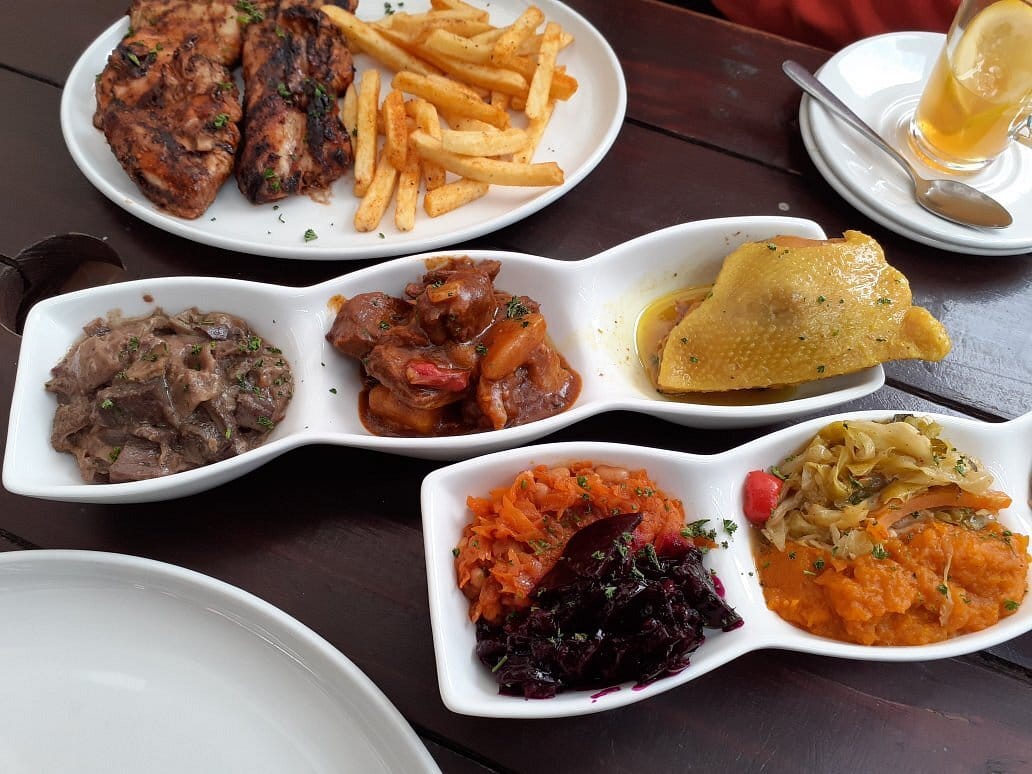
This is an essence of Vilakazi Street, where the warm hospitality, the soul of the township goes beyond its struggles and historical events to a dynamic cultural hub where people of diverse backgrounds converge over the tantalizing culinary journey and experience cuisine. Rooted in the ethos of fostering connections among locals and international visitors, Vilakazi Street celebrates the South Africa’s freedom in style. The street atmosphere is vibrant with local artworks that spark curiosity, conversation and ignite inspiration.
What to make of Vilakazi Steet, for me is the cuisine above all, visiting the street ensures an unforgettable culinary journey that resonates long after the last bite. I never thought that a township can offer a traditional food into transformed exceptional modern cuisine in quality, taste and blend. To be rated at level of world best cuisine, one of the restaurants at Vilakazi Street, actual the first restaurant to be established in the street, Sakhumzi, which means “building a house”, is popular for its proudly South African traditional cuisine such as umngqusho (samp and beans), mogodu (tripe) and dombolo (steamed bread).
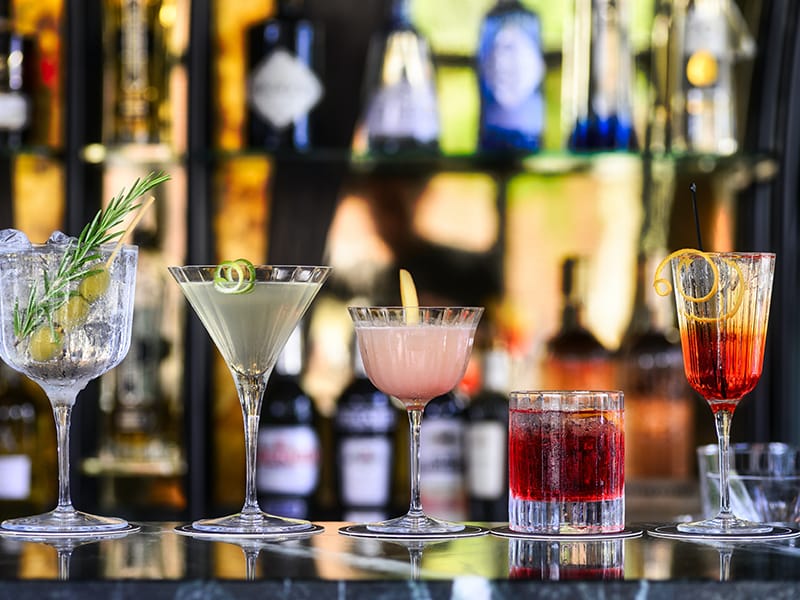
The restaurant menu offers a delightful mix of traditional dishes and inventive specialties, complemented by a thoughtfully curated selection of cocktails and wines to elevate every dining experience.
The Vilakazi Street is a rebirth of a township, its food, culture and being.
The street is more than just a historical site; it’s a lively representation of South Africa’s resilience and renewal.

